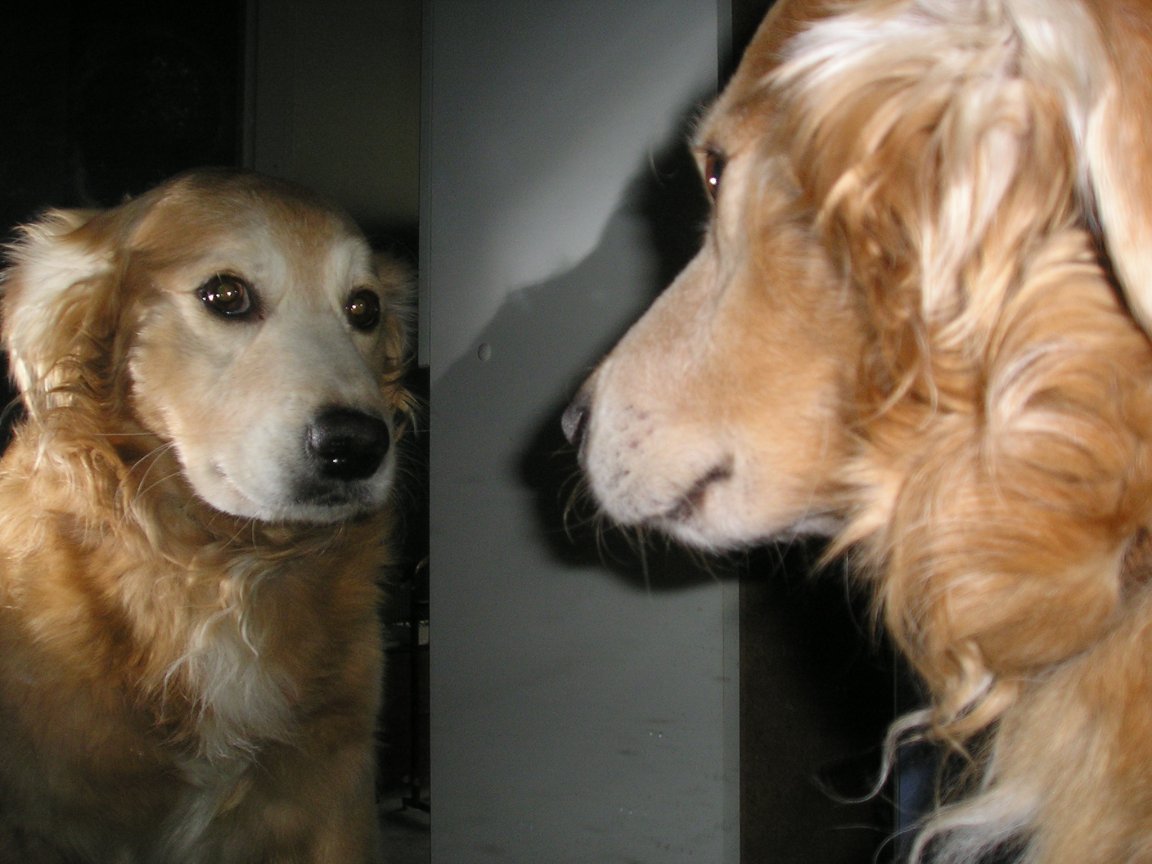
- Recent neuroscience research found that at these ‘choice points’ rats and other vertebrates activate regions of their hippocampus that appear to simulate choices and their potential outcomes. The team created different descriptive models to explain the process behind the rat’s deliberation at the ‘choice points’.
- One model, the Naive Model, assumed that animals inhibit action during simulation. However, this model created false memories because the animal would be unable to tell the differences between real and imagined actions. A second, the Self-actuating Model, was able to solve this problem by ‘tagging’ real versus imagined experience. Hills and Butterfill called this tagging the ‘primal self.’
- “As such, humans must not be the only animal capable of self-awareness. Indeed, the answer we are led to is that anything, even robots, that can adaptively imagine themselves doing what they have not yet done, must be able to separate the knower from the known.”